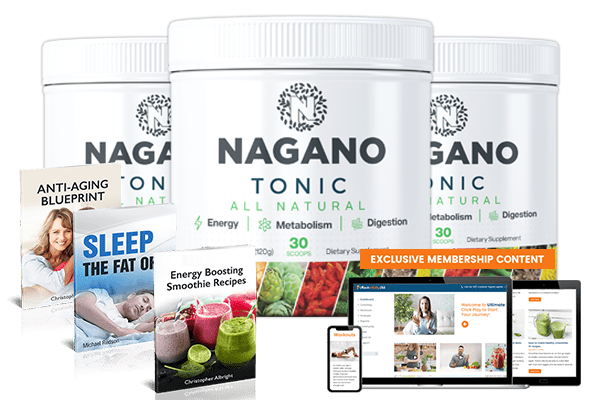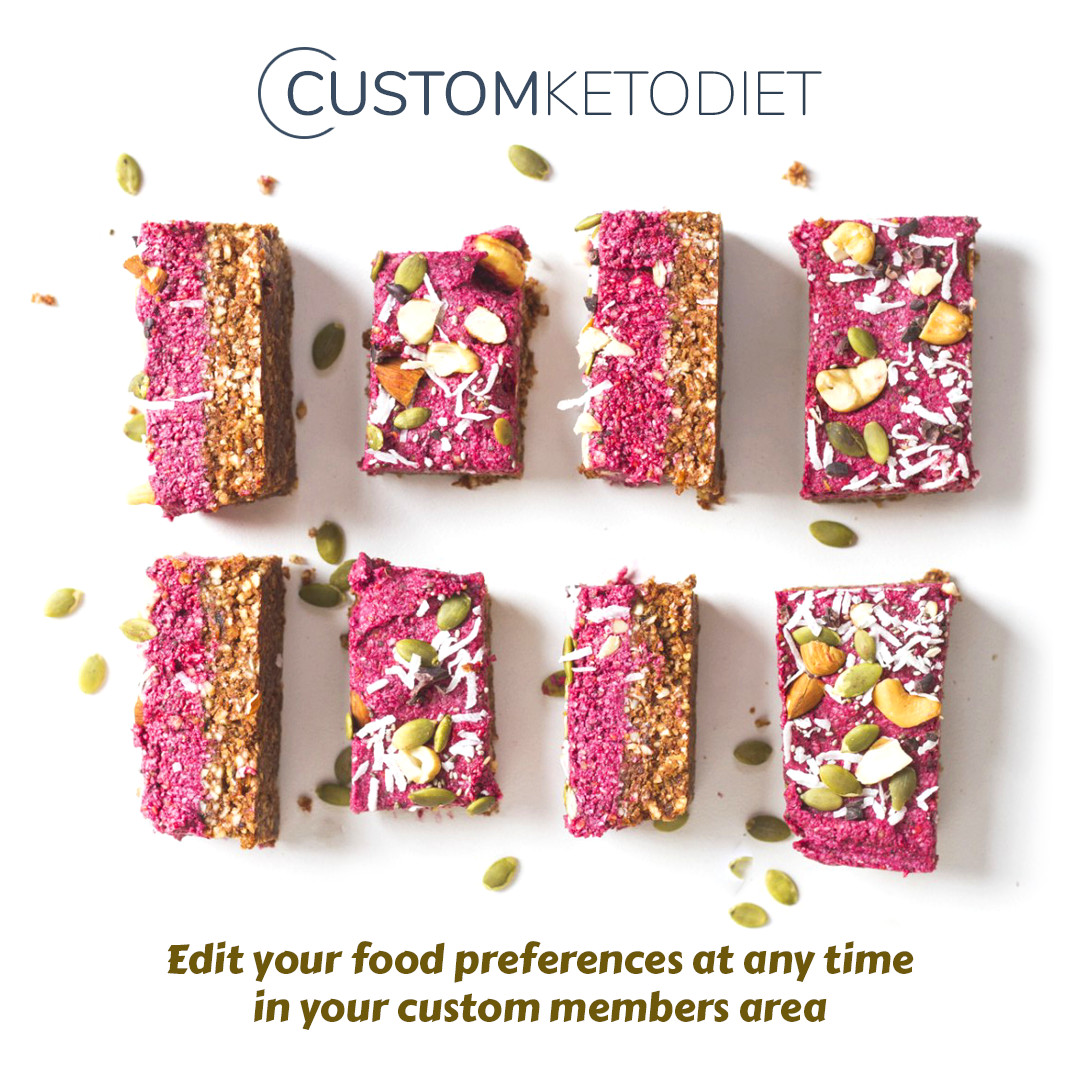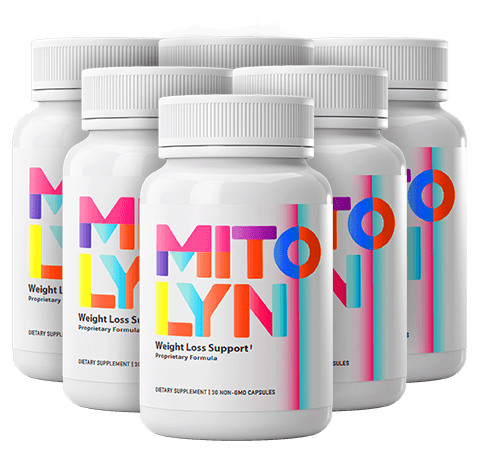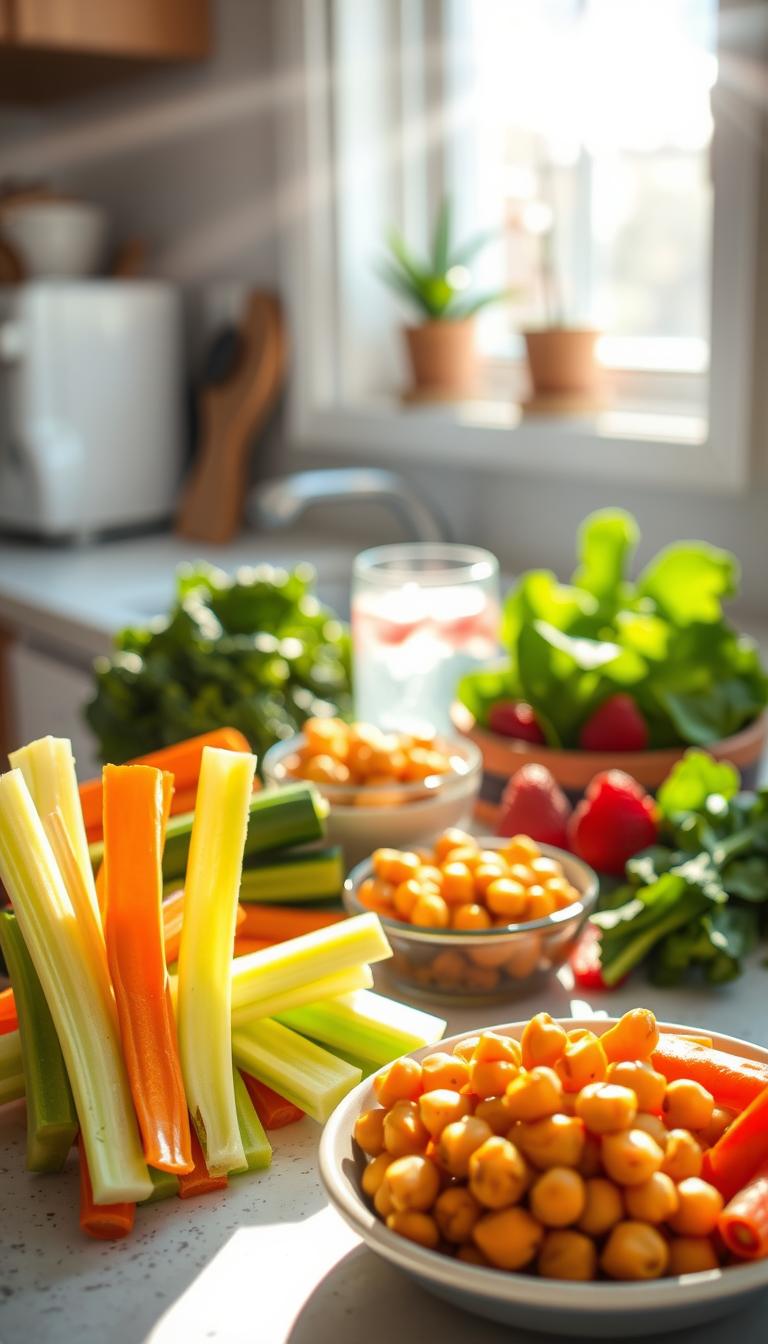Are you tired of feeling like you’re stuck in a cycle of weight loss and gain? You’re not alone. Many people struggle to build muscle and lose fat at the same time. But it is possible with the right approach.
By focusing on body recomposition, you can transform your body and achieve your fitness goals. This process involves preserving and building muscle while reducing fat. It requires a combination of proper nutrition and exercise.
Increasing protein intake can help you lose body fat and increase muscle mass. A 2013 study involving 88 adults with overweight showed this. With the right strategy, you can learn how to build muscle and lose fat at the same time. And start seeing the results you’ve always wanted.
Building muscle and losing fat is a challenging but achievable goal. It requires a deep understanding of muscle building, fat loss, and body recomposition. By incorporating strength training and increasing your protein intake, you can boost your resting metabolic rate.
This means you’ll burn more calories at rest. Reducing processed food consumption and increasing your intake of fiber-rich foods can also help. With a well-structured plan, you can achieve your fitness goals and start feeling stronger and leaner.
Whether you’re just starting out or looking to take your fitness to the next level, learning how to build muscle and lose fat at the same time can be a game-changer. It can improve your health and wellbeing.
Understanding Body Recomposition: The Science Behind Building Muscle and Losing Fat
Body recomposition changes your body by losing fat and gaining muscle at the same time. It’s a complex process that needs a good understanding of muscle building and fat loss. You also need to know about hormones and nutrition.
To succeed, you must lose fat while gaining muscle. This is hard but doable with the right approach. You need to eat right and do strength training.
What Happens During Body Recomposition
Your body changes a lot during body recomposition. You lose fat and gain muscle at the same time. It’s a tough journey.
Fat loss isn’t always steady. You might hit plateaus. To get past them, try eating more carbs sometimes.
The Role of Hormones
Hormones are key in body recomposition. They control your metabolism, hunger, and muscle growth. Knowing how hormones work helps you plan better.
Eating more protein helps grow muscle. It also keeps your body lean.
Why Traditional Bulk and Cut Cycles Aren’t Always Necessary
Traditional bulk and cut cycles are old-school. They involve eating a lot to gain muscle, then cutting to lose fat. But, this method is slow and not always the best.
With the right diet and training, you can gain muscle and lose fat at the same time. This makes old-school cycles unnecessary.
Here is a sample meal plan for body recomposition:
| Macro | Percentage of Total Calories | Grams per Day |
|---|---|---|
| Carbohydrates | 30-35% | 150-175g |
| Protein | 30-35% | 150-175g |
| Fat | 30-40% | 65-80g |
This meal plan balances carbs, protein, and fat. It supports muscle growth and fat loss. Drink plenty of water and adjust as needed to reach your goals.
The Truth About Building Muscle While Losing Fat
Many think muscle building and fat loss can’t happen together. But, the right diet and exercise plan can help you do both. A 2020 study from the Strength and Conditioning Journal found it’s possible. But, it mostly looked at young athletes.
To build muscle and lose fat, focus on progressive overload, proper nutrition, and recovery. Use a mix of resistance training and high-intensity interval training (HIIT). Also, eat a balanced diet rich in protein and calories to help with muscle growth and fat loss.
Here are some tips for muscle building and fat loss:
- Eat at least 1 gram of protein for every pound of body weight to keep muscle while losing calories.
- Do compound lifts like squats and deadlifts to work many muscle groups at once.
- Make sure to get enough sleep and recovery time for muscle growth and fat loss.
Nutrition Fundamentals for Body Transformation
Nutrition is key for achieving muscle definition and burning fat while gaining muscle. You need a diet rich in protein, carbs, and fats. First, figure out how many calories you should eat based on your goals and weight.
A good diet and exercise for muscle building and fat loss includes protein, healthy fats, and carbs. Here are some important tips:
- Eat 1.6-2.2 grams of protein per kilogram of body weight for muscle growth
- Add healthy fats like nuts, seeds, and avocados to your meals
- Choose complex carbs like whole grains, fruits, and veggies
Calculating Your Optimal Calorie Intake
To find your calorie needs, think about your BMR and activity level. A small calorie deficit helps with burning fat while gaining muscle. A calorie surplus supports muscle growth.
Protein Requirements for Muscle Growth
Protein is vital for muscle repair and growth. Eat protein-rich foods like lean meats, fish, and eggs. You might also need protein powder.
Carbohydrate and Fat Balance
Your diet should have a mix of carbs and fats. Opt for whole foods over processed ones. Avoid sugary drinks and saturated fats.
Meal Timing Strategies
Eat balanced meals often to help muscles grow and recover. After working out, eat a meal with protein and carbs to aid in muscle repair.
| Meal | Protein | Carbohydrates | Fat |
|---|---|---|---|
| Breakfast | 30g | 40g | 10g |
| Lunch | 35g | 50g | 15g |
| Dinner | 30g | 40g | 10g |
Essential Supplements for Muscle Growth and Fat Loss
Building muscle and losing fat need a good diet. But, supplements for muscle growth and fat loss can help too. Protein powder is great for muscle building and repair. Creatine boosts muscle strength and endurance.
Some key supplements to consider include:
- Protein powder: 20-40 grams, 1-2 times per day
- Creatine: 3-5 grams daily
- Branched-Chain Amino Acids (BCAAs): 5g, up to 1-4 times daily
It’s also important to eat well. Your diet should have lots of protein, healthy fats, and complex carbs. With the right diet and supplements, you can reach your muscle-building and fat-loss goals.
| Supplement | Recommended Dosage |
|---|---|
| Whey Protein | 20-40 grams, 1-2 times per day |
| Creatine | 3-5 grams daily |
| BCAAs | 5g, up to 1-4 times daily |
Designing Your Workout Program for Maximum Results
To reach your fitness goals, you need a solid workout plan. It should mix resistance training, cardio, and recovery. Your plan should fit your needs and goals, considering your fitness level and any health issues.
When planning your workout, remember these important points:
- Resistance training is key for muscle growth and fat loss. It should cover all major muscle groups like the chest, back, and legs.
- Cardio is vital for calorie burn and heart health. Aim for 150 minutes of moderate cardio each week.
- Recovery is essential for muscle repair. Make sure to sleep well, aiming for 7-9 hours, and take rest days when needed.
Resistance Training Guidelines
Resistance training is crucial. Do it at least three times a week, focusing on all major muscles. Gradually increase the weight or resistance to build muscle and lose fat.
Cardio Implementation
Cardio should be moderate in intensity, aiming for 150 minutes weekly. You can mix steady-state cardio with high-intensity interval training (HIIT) for variety.
Recovery Protocols
Recovery is vital. Get 7-9 hours of sleep each night and take rest days when needed. Also, use recovery techniques like foam rolling and stretching to aid muscle recovery.
How to Build Muscle and Lose Fat at the Same Time: Step-by-Step Protocol
To build muscle and lose fat at the same time, follow a step-by-step plan. This includes meal planning, workout scheduling, and tracking your progress. Eating a lot of protein and doing strength training helps a lot.
Make sure to eat about 30-35% of your calories as protein when you’re eating more. When you’re eating less, aim for 40% of your calories to come from protein.
Having a good workout schedule is key. It should include both resistance training and cardio. Tracking your progress is also important. You can do this by watching your weight, body fat percentage, and muscle mass.
Weekly Meal Planning
A good meal plan for body recomposition is:
- 30-35% of total calorie intake from carbohydrates
- 30-35% from protein
- 30-40% from fats
For about 2,000 calories a day, here’s what your macros might look like:
- 150–175 g carbohydrate
- 150–175 g protein
- 65–80 g fat
Workout Schedule Organization
Working out to build muscle helps you lose weight too. This is because more muscle means you burn more calories every day. The 6-12-25 workout protocol is great for building muscle and strength at any age.
Make sure to work out each muscle group at least 2 times a week. This is the best way to make them grow.
Progress Tracking Methods
Tracking your progress is crucial to stay on track. Watch your weight, body fat percentage, and muscle mass. Also, keep an eye on your workout schedule and meal planning.
By following this step-by-step plan and tracking your progress, you can reach your fitness goals. You’ll build muscle and lose fat at the same time.
Common Mistakes to Avoid During Body Recomposition
When you’re trying to body recomposition, it’s easy to make mistakes. These mistakes can slow down your progress. To build muscle and lose fat well, you must know what to avoid.
One big mistake is not giving your body enough time to recover. This can cause injuries and make you feel frustrated.
Here are some key mistakes to avoid:
- Insufficient protein intake: aim for 1.6-2.2 grams per kilogram of body weight to support muscle maintenance
- Overdoing cardio: keep your heart rate under 120 bpm to minimize muscle loss
- Inadequate rest: ensure you get enough sleep and rest to allow for muscle recovery and growth
- Poor nutrition: focus on a balanced diet that supports fat loss and muscle building
To avoid these common mistakes, you need a good plan. This plan should include a balanced diet, regular strength training, and enough rest. By knowing these pitfalls, you can make a plan that helps you reach your body recomposition goals. This will help you get stronger and leaner.
| Mistake | Consequence | Solution |
|---|---|---|
| Insufficient protein intake | Muscle loss | Aim for 1.6-2.2 grams per kilogram of body weight |
| Overdoing cardio | Muscle loss | Keep heart rate under 120 bpm |
| Inadequate rest | Poor muscle recovery | Ensure enough sleep and rest |
Maximizing Recovery for Optimal Results
Recovery is key for body recomposition, just like diet and exercise. Getting enough sleep and managing stress helps muscles grow and recover. By focusing on these, you can boost muscle growth, improve recovery, and lower injury risk.
To boost recovery, try these tips:
- Get 7-9 hours of sleep each night to fix and build muscle
- Use stress management like meditation or deep breathing to lower cortisol and relax
- Add active recovery like foam rolling or light cardio to improve blood flow and ease soreness
By using these methods, you can improve recovery and see better workout results. Remember, recovery is more than just resting. It’s about actively helping your muscles grow and heal. With the right steps, you can make your body stronger and leaner.
| Recovery Strategy | Benefits |
|---|---|
| Sleep Optimization | Improves muscle growth and repair, reduces stress and inflammation |
| Stress Management | Reduces cortisol levels, promotes relaxation and recovery |
| Active Recovery | Improves blood flow, reduces muscle soreness, promotes muscle growth and repair |
Adjusting Your Approach Based on Progress
As you move forward in your body recomposition journey, it’s key to adjust your plan based on your progress. Keeping track of your progress helps you know when to tweak your diet and workout plan. This way, you can spot areas that need work and make the right changes to reach your fitness goals.
Changing your diet is crucial based on how you’re doing. If you’re not getting the results you want, it might be time to look at your calorie intake and what you eat. Aim for 30-35% carbs, 30-35% protein, and 30-40% fats in your diet. For example, if you eat 2,000 calories a day, you should aim for 150-175 grams of carbs, 150-175 grams of protein, and 65-80 grams of fat. Adding grapefruit to your diet can also help with weight loss because it’s full of water.
When to Modify Your Diet
Changing your diet is key to reaching your fitness goals. If you’re not losing weight or gaining muscle, it’s time to adjust your calorie intake or what you eat. You might also need to update your workout plan to keep challenging your body and growing muscle. For instance, you could do more sets and reps in your workouts.
How to Update Your Training Program
Updating your workout plan is vital to keep pushing your body and growing muscle. You can do this by adding more sets and reps or lifting heavier weights. Remember to focus on progressive overload, which means slowly increasing the weight or resistance you lift. These changes will help you keep making progress and reaching your fitness goals.
- Increase your training volume by adding more sets and reps to your workout routine
- Increase the weight you lift
- Focus on progressive overload
By adjusting your approach based on progress, you ensure you’re always challenging your body and growing muscle. Be patient and consistent, as body recomposition is a long journey. With the right mindset and approach, you can achieve your fitness goals and live a healthy, balanced life.
Consistency and patience are key to achieving your fitness goals. Don’t be discouraged by setbacks or plateaus – instead, use them as opportunities to learn and adjust your approach.
| Macronutrient | Recommended Daily Intake |
|---|---|
| Carbohydrates | 150-175 grams |
| Protein | 150-175 grams |
| Fats | 65-80 grams |
Timeline Expectations and Progress Markers
Starting your body recomposition journey is a big step. It takes patience, consistency, and dedication. You might see changes in four to six weeks. But, bigger results will show up in eight to 12 weeks.
Important progress markers include:
- Noticeable changes in waist circumference or body fat percentage typically requiring eight to 12 weeks
- Significant changes in body composition, such as fat loss or muscle growth, achievable within 8-12 weeks
- Improvements in cardiovascular endurance and strength, noticeable within 4-8 weeks
Remember, body recomposition is different for everyone. Your progress depends on your fitness level, how often you train, and what you eat. Knowing this helps you stay motivated and reach your goals.
Tracking your progress is key. Use measurements, weight, and body fat percentage to see how you’re doing. Celebrate small wins, like a new personal record or sticking to your workout plan. This keeps you excited about your journey.
Conclusion: Your Journey to a Stronger, Leaner Body
Your journey to a stronger, leaner body is exciting and rewarding. You now have the knowledge to create an effective plan. Building muscle and losing fat at the same time is possible, even for those who are experienced.
Consistency is key. Stay disciplined with your nutrition, training, and recovery. Celebrate your small victories and be patient as your body adapts. With dedication and understanding of body recomposition, you can achieve a stronger, leaner physique. Embrace this journey, trust the process, and enjoy the results that await you.















